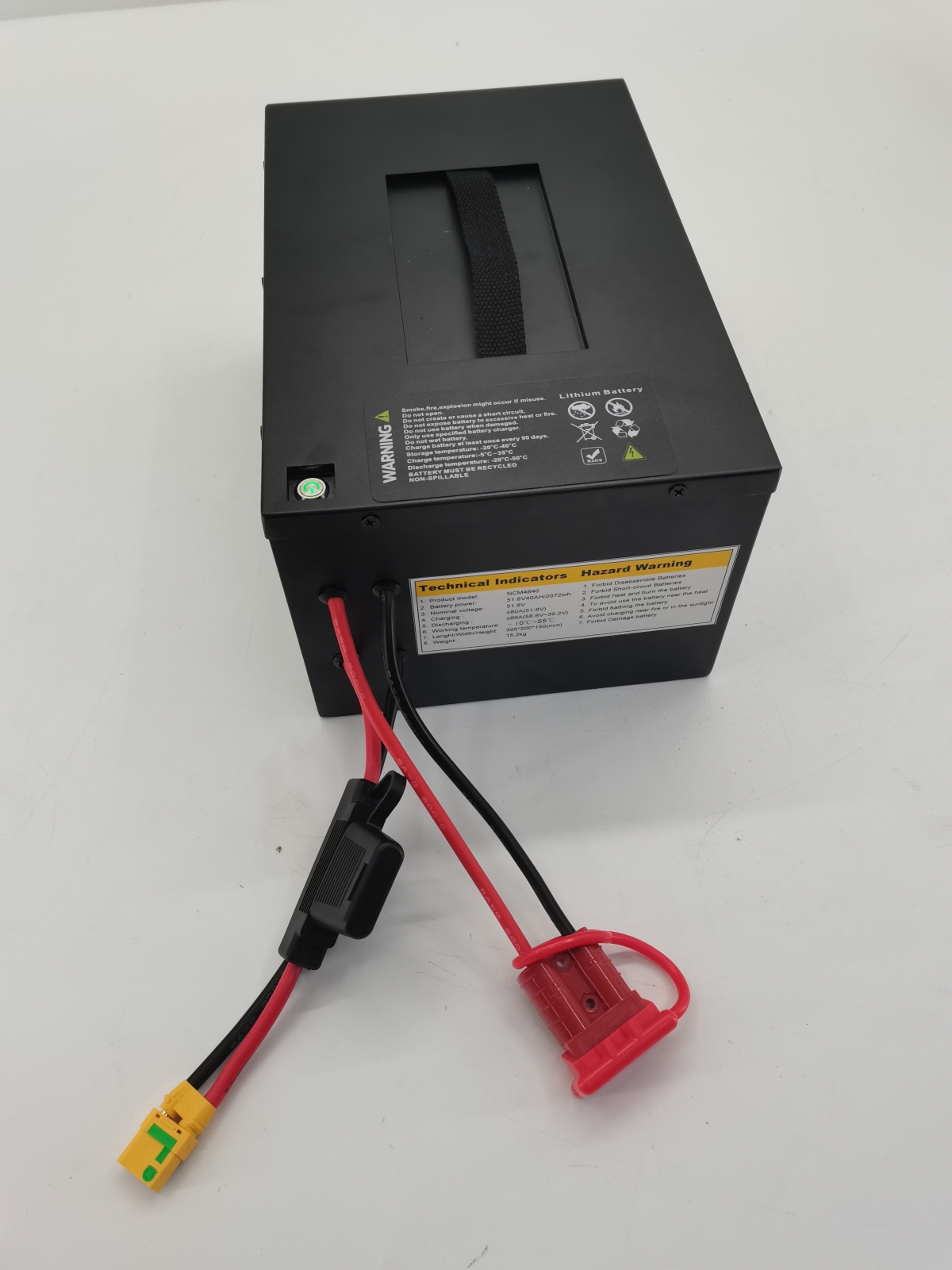- 22
- Dec
(Brak tytułu)
Lithium-ion batteries began to run wildly, approaching power batteries
In 1800, the Italian physicist Alessandro Volta invented the Volta Pile, the first battery in human history. The first battery is made of zinc sheets (anode) and copper sheets (cathode) and paper soaked in salt water (electrolyte), demonstrating the artificial possibility of electricity.
Since then, as a device that can provide continuous and stable current, the battery has undergone more than 200 years of development and has continued to meet people’s demand for flexible electricity use.

In recent years, with people’s huge demand for renewable energy and increasing attention to environmental pollution, secondary batteries (or accumulators) that can convert other forms of energy into electrical energy and store them in the form of chemical energy continue to be The energy system brings about change.
The development of lithium batteries illustrates the progress of society from another aspect. In fact, the rapid development of mobile phones, computers, cameras and electric vehicles is based on the maturity of lithium battery technology.
Chen Gen. The birth and anxiety of lithium batteries are approaching
The birth of lithium battery
The battery has positive and negative poles. The positive electrode, also called the cathode, is usually made of more stable materials, while the negative electrode, also called the anode, is usually made of “highly active” metal materials. The positive and negative poles are separated by the electrolyte and stored in the two poles in the form of chemical energy.
The chemical reaction between the two poles produces ions and electrons. These ions and electrons move in the battery, forcing the electrons to move outwards, forming a cycle and generating electricity.
In the 1970s, the oil crisis in the United States, coupled with new power demands in the military, aviation, medicine, and other fields, stimulated the search for rechargeable batteries to store renewable clean energy.
Among all metals, lithium has a very low specific gravity and electrode potential. In other words, the lithium battery system can theoretically reach the maximum energy density, so lithium is the natural choice of battery designers.
However, lithium is very reactive. When exposed to water or air, it can burn and explode. Therefore, tame lithium has become the key to battery development. In addition, lithium easily reacts with water at room temperature. If metallic lithium is to be used in a battery system, the introduction of a non-aqueous electrolyte is essential.
In 1958, Harris proposed the use of organic electrolytes as electrolytes for metal batteries. In 1962, Lockheed Missile and Space Co. Chilton Jr. and Cook of the U.S. military proposed the idea of a “lithium non-aqueous electrolyte system.”
Chilton and Cook designed a new type of battery that uses metallic lithium as the negative electrode, Ag, Cu, and Ni halides as the positive electrode, and low melting point metal salt lic1-AlCl3 dissolved in propylene carbonate as the electrolyte. Although the battery’s problems made it remain conceptual rather than commercial feasibility, Chilton and Cook’s work was the beginning of lithium battery research.
In 1970, Japan’s Matsushita Electric Company and the US military almost independently synthesized a new cathode material-carbon fluoride. The crystalline carbon fluoride with the molecular expression (CFx)N (0.5≤x≤1) was successfully prepared by Matsushita Electric Co., Ltd. and used as the positive electrode of lithium batteries. The invention of the lithium fluoride battery is an important step in the history of the development of lithium batteries. This is the first time that “embedded compounds” have been introduced into the design of lithium batteries.
However, in order to achieve reversible charging and discharging of lithium batteries, the key is the reversibility of chemical reactions. At that time, most non-rechargeable batteries used lithium negative electrodes and organic electrolytes. In order to realize rechargeable batteries, scientists began to study the reversible insertion of lithium ions into the positive electrode of the layered transition metal sulfide.
Stanley Whittingham of ExxonMobil found that by using layered TiS2 as the cathode material, the intercalation chemical reaction can be measured, and the discharge product is LiTiS2.
In 1976, the battery developed by Whittingham achieved good initial efficiency. However, after repeated charging and discharging several times, lithium dendrites were formed inside the battery. The dendrites grew from the negative electrode to the positive electrode, forming a short circuit, causing the danger of igniting the electrolyte and ultimately failing.
In 1989, due to a fire accident of lithium/molybdenum secondary batteries, most companies withdrew from the development of metal lithium secondary batteries, except for a few companies. As safety issues cannot be resolved, the development of metal lithium secondary batteries has basically stopped.
Due to the poor effects of various modifications, research on lithium metal secondary batteries has stalled. In the end, the researchers chose a radical solution: a rocking chair battery in which an embedded compound acts as the positive and negative electrodes of a lithium metal secondary battery.
In the 1980s, Goodnow studied the structure of layered lithium cobalt oxide and lithium nickel oxide cathode materials at Oxford University in the United Kingdom. In the end, the researchers realized that more than half of the lithium was reversibly extracted from the cathode material. This result eventually led to the birth of The.
In 1991, SONY launched the first commercial lithium battery (anode graphite, cathode lithium compound, electrode liquid lithium salt dissolved in organic solvent). Due to the characteristics of high energy density and different formulations that can adapt to different use environments, lithium batteries have been commercialized and widely used in the market.
